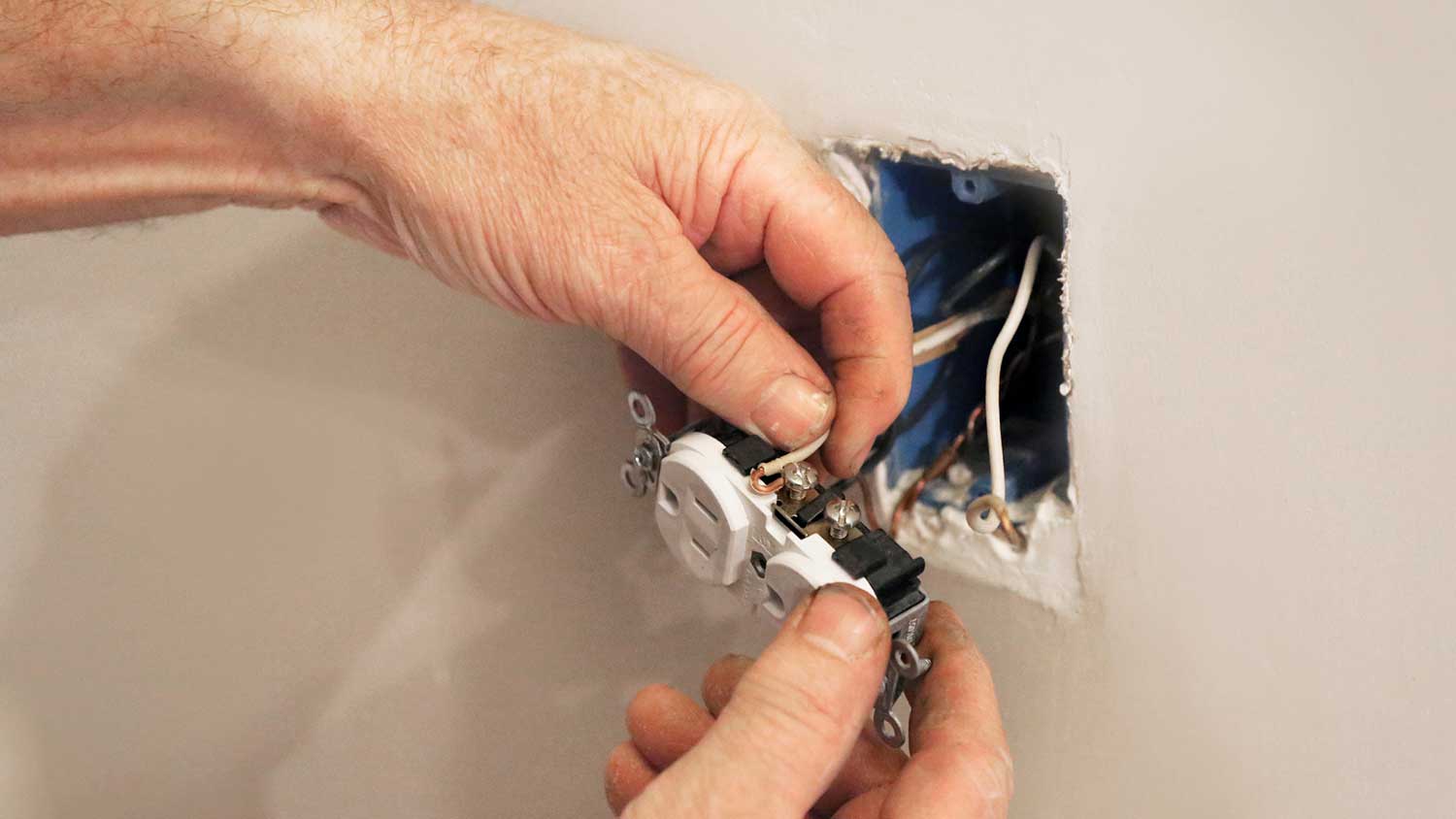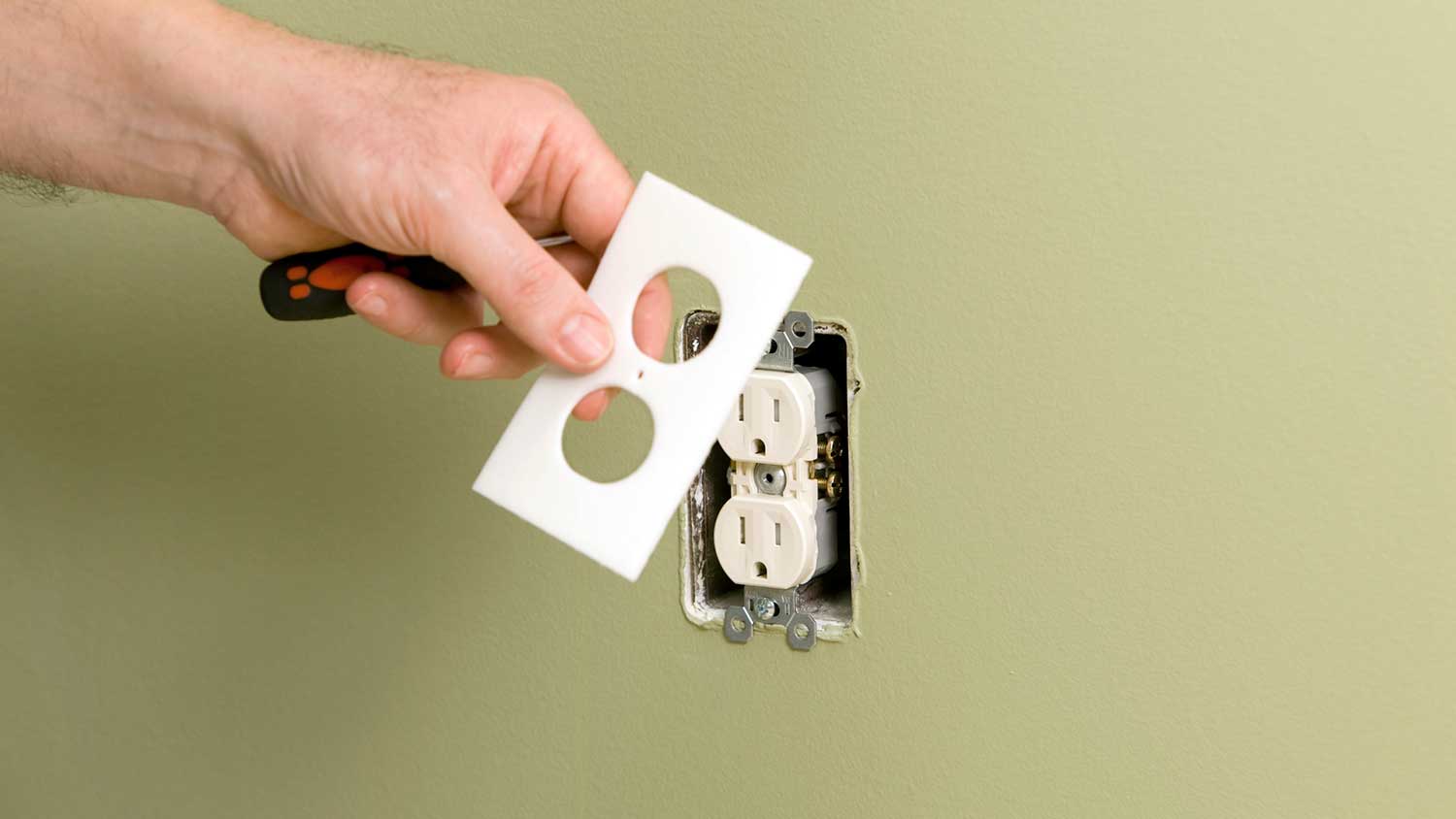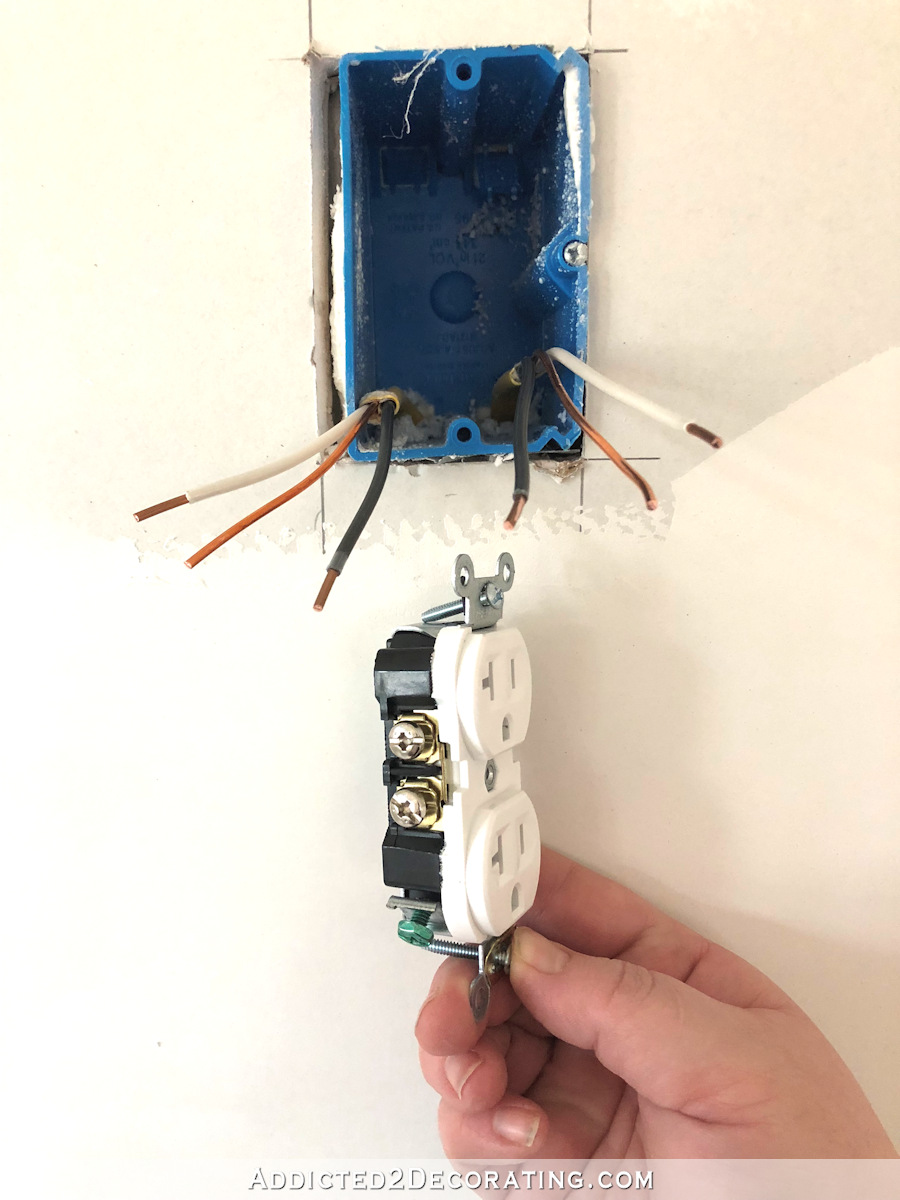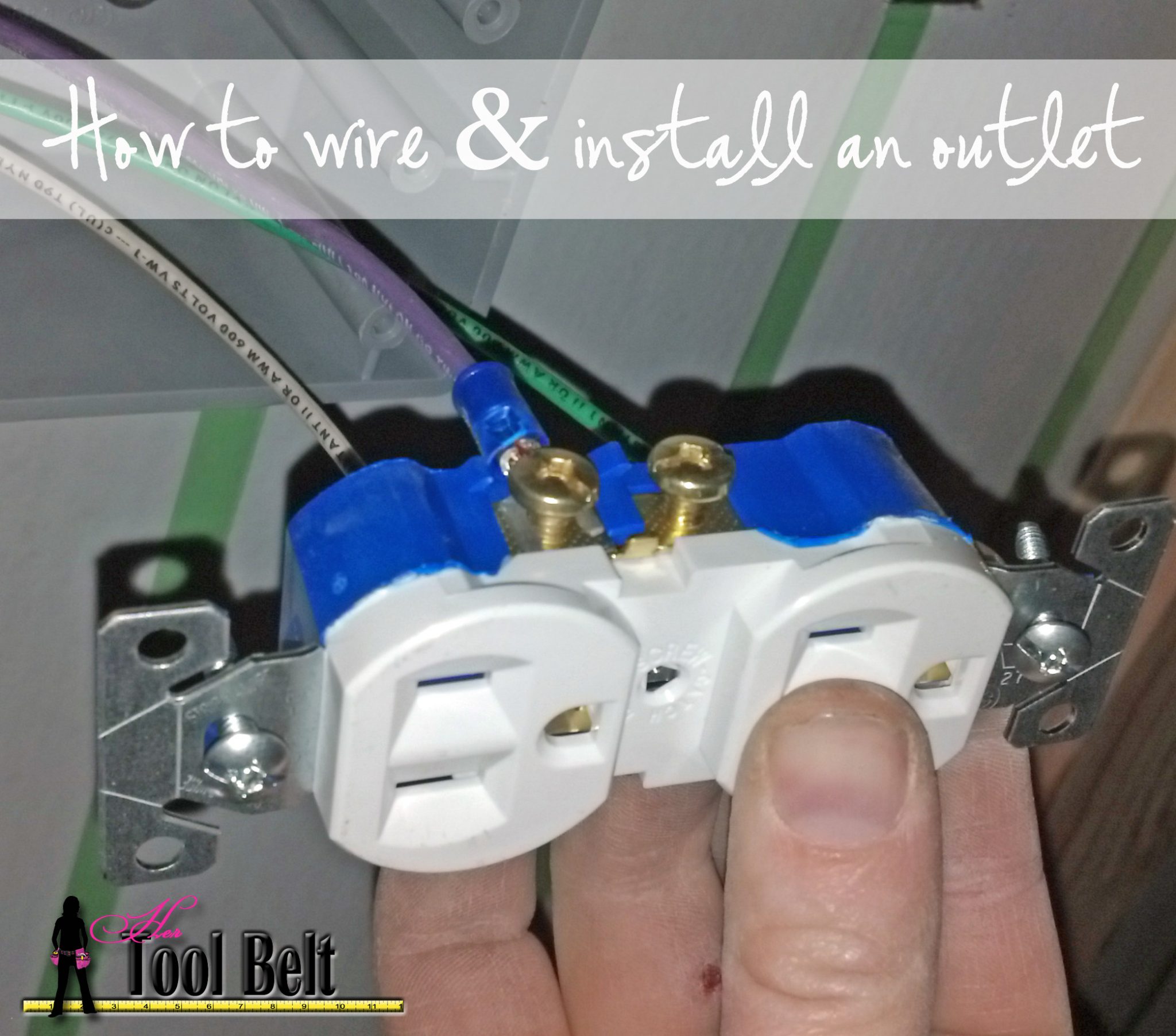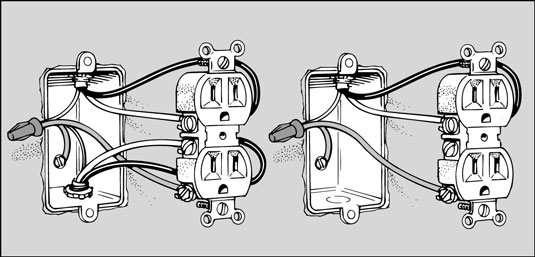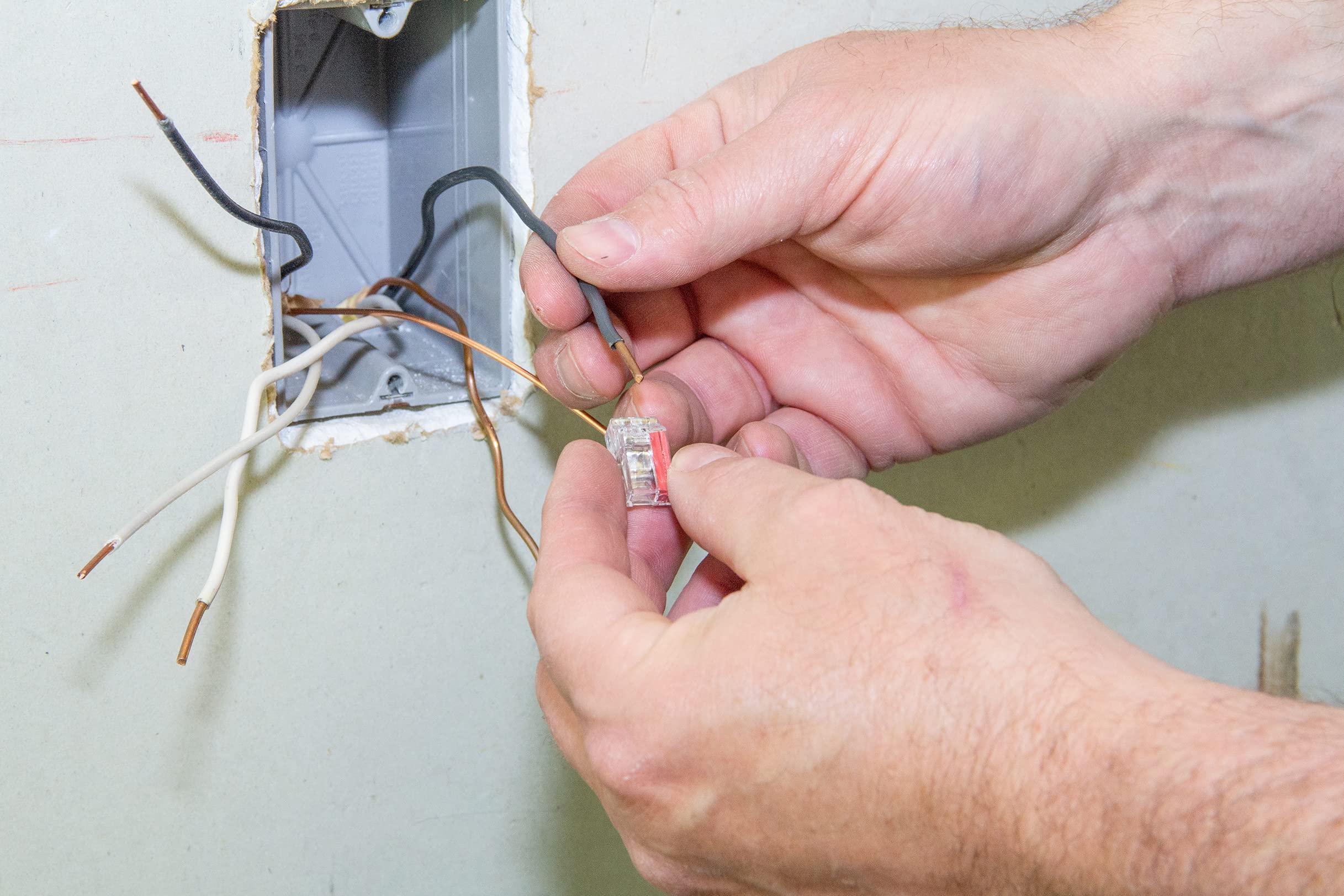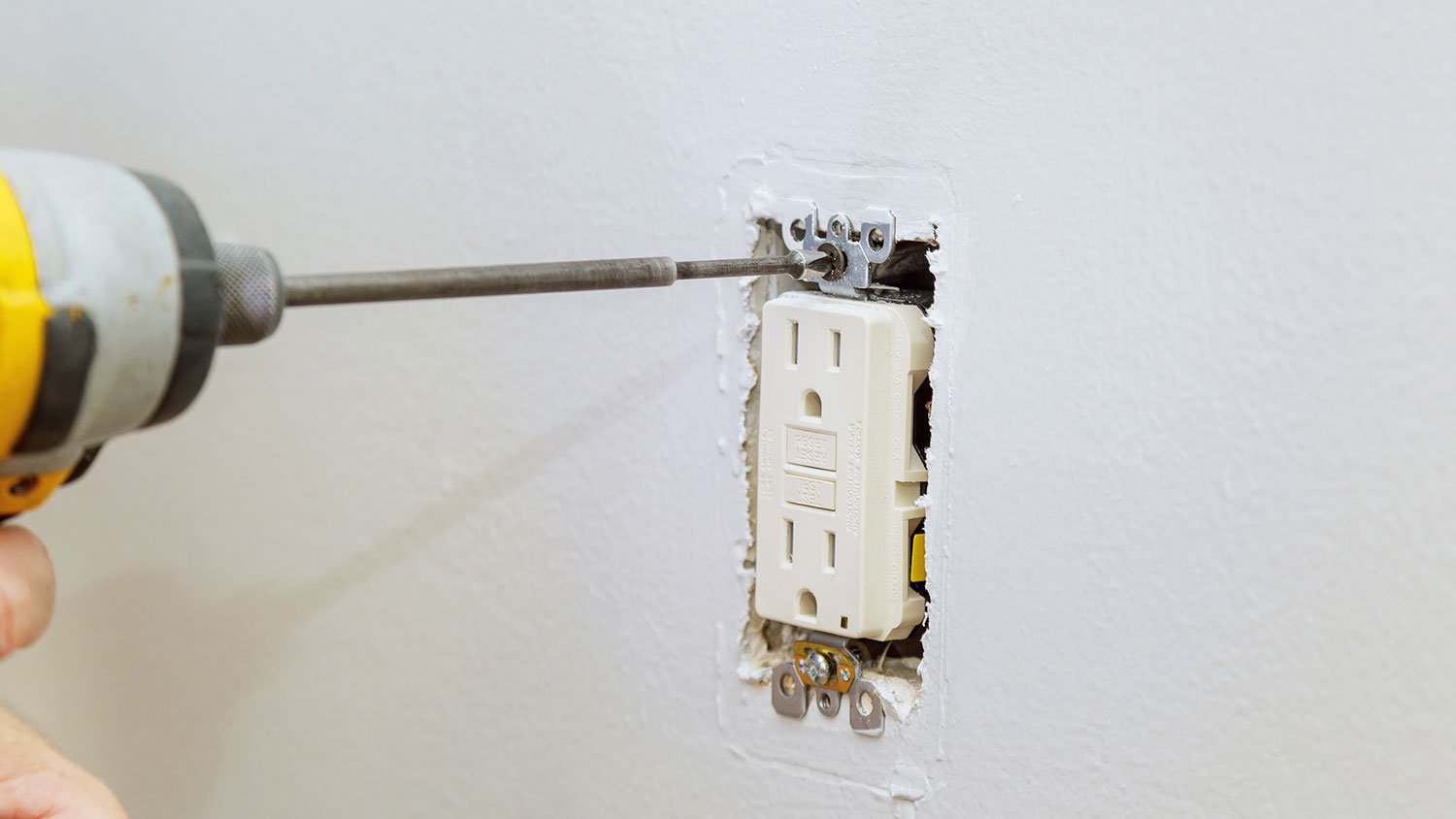How To Release Wires From Outlet

Electricity, the invisible force powering our modern lives, demands respect. Mishandling electrical wiring, even seemingly simple tasks like removing wires from an outlet, can lead to serious injury or even death. Knowing the proper techniques and safety precautions is paramount to avoid becoming a statistic.
This article serves as a comprehensive guide on how to safely release wires from an electrical outlet. Adhering to these steps meticulously can help ensure your safety and prevent damage to your home's electrical system. Remember, when in doubt, consult a qualified electrician.
Essential Safety First
Safety is the absolute priority when dealing with electrical wiring. Before touching any wires, confirm the power is off. This is typically achieved by switching off the corresponding circuit breaker at the main electrical panel.
Never assume a wire is dead. Using a non-contact voltage tester is highly recommended to verify that the circuit is indeed de-energized. Double-checking can prevent potentially lethal accidents.
Wear appropriate personal protective equipment (PPE). Insulated gloves and safety glasses are crucial to guard against electrical shock and debris.
Tools of the Trade
Having the correct tools is essential for a smooth and safe operation. A standard screwdriver, both flathead and Phillips head, will likely be needed. It depends on the outlet's screw types.
A wire stripper is used for removing the insulation from the wire, however, this tool won't be needed for releasing wires. A non-contact voltage tester to verify there is no power in the outlet. Consider these options when assembling your tools.
A pair of needle-nose pliers can be useful for manipulating wires in tight spaces.
Releasing Wires from Screw Terminals
Most outlets use screw terminals to secure the wires. Look for the screws on the sides of the outlet, usually colored brass (hot wire), silver (neutral wire), and green (ground wire).
Loosen the screw corresponding to the wire you want to remove. Turn the screw counter-clockwise until the wire is free.
If the wire is tightly wrapped around the screw, use needle-nose pliers to gently straighten it. This can help it to slide out more easily.
Releasing Wires from Push-In Terminals (Back-Wiring)
Some outlets, particularly newer models, use push-in terminals on the back. These terminals feature small holes where wires are inserted and held in place by an internal spring-loaded mechanism.
These connections require a different approach for removal. Never attempt to simply pull the wire out, as this can damage the outlet or the wire itself.
The proper method involves using a small screwdriver or specialized terminal release tool. Insert the tool into the designated slot next to the wire you want to remove.
Gently push the tool in while simultaneously pulling the wire out. The tool depresses the internal spring, allowing the wire to be released.
Dealing with Stubborn Wires
Sometimes, wires can become corroded or stuck within the outlet. Avoid using excessive force, as this can break the wire or damage the outlet. Instead, try these techniques:
Apply a small amount of electrical contact cleaner to the connection. This can help to loosen corrosion and ease removal.
Gently wiggle the wire back and forth while pulling. This can help to break any bonds that have formed.
If the wire is severely damaged, it may be necessary to cut it and strip a new section. Ensure that you leave enough wire length for a secure connection.
Post-Removal Inspection and Best Practices
Once the wires are removed, inspect them for damage. Look for fraying, corrosion, or exposed conductors.
If the wires are damaged, replace them. Use wire strippers to expose a fresh section of copper.
Before re-wiring the outlet, ensure the outlet itself is in good condition. Check for cracks or damage. Consider replacing the outlet if you find any issues.
Legal and Ethical Considerations
Electrical work is often regulated, requiring permits and inspections. Check your local building codes before performing any electrical work.
In many jurisdictions, only licensed electricians are legally permitted to perform certain types of electrical work. Always comply with local laws and regulations.
Even if it is legal for you to do the work, consider the ethical implications. If you are not confident in your abilities, hiring a professional ensures the safety of your home and family.
Seeking Professional Assistance
When dealing with electrical work, it's crucial to recognize when a task is beyond your skill level. Don't hesitate to call a qualified electrician.
Certain situations necessitate professional intervention, such as dealing with aluminum wiring, complex wiring configurations, or any instance where you feel unsure.
A licensed electrician has the knowledge, experience, and tools to handle electrical work safely and efficiently. They can also identify and address potential hazards that you may not be aware of.
The Future of Safe Electrical Practices
Advancements in electrical safety technology continue to improve safety for both professionals and homeowners. Newer outlets feature improved safety features, such as tamper-resistant receptacles and arc-fault circuit interrupters (AFCIs).
Ongoing education and training are essential for staying up-to-date on the latest safety standards and best practices. Regularly review safety guidelines and consider taking refresher courses.
Prioritizing electrical safety is an ongoing commitment. By following the guidelines outlined in this article and seeking professional assistance when needed, you can minimize the risks associated with electrical work and create a safer environment for yourself and your loved ones. Always remember, safety comes first.
